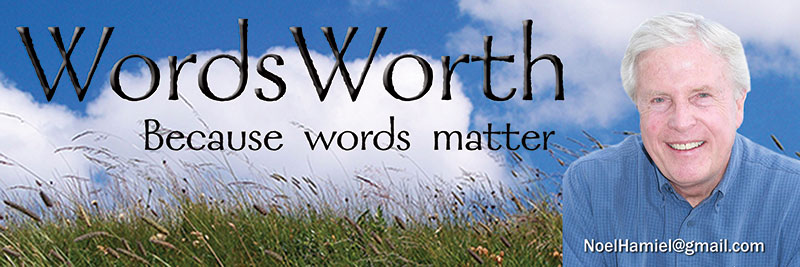Summer reading: “One benefit of summer was that each day we had more light to read by.” – Jeannette Walls, “The Glass Castle”
Looking very un-cowboylike in his 10-gallon hat, the president seemed both delighted and horrified when the bulldogger wrestled a steer to the ground at the Belle Fourche Roundup.
A noted animal lover, the president had been urged by anti-rodeo activists to boycott the event because of the “brutalities” to animals.
It was the summer of 1927 – more than 50 years before the founding of PETA – and the president was Calvin Coolidge, who made the State Game Lodge his summer White House, and in doing so experienced a number of “firsts,” including the rodeo.
This nugget of information, along with many others, is contained in the just released book, “Calvin Coolidge in the Black Hills,” by South Dakota journalist Seth Tupper.
Today, you can stay in the Coolidge Room for $335 a night.
Tupper’s book, which proves history doesn’t have to be boring, is perfectly timed for summer reading. So, get out the hammock and find diversion in something besides the tube or Internet.
Some other recommendations:
– “Night School,” by Lee Child. Another gripping tale by the originator of Jack Reacher. I’m not finished with it, but I will be shortly because it won’t allow me to let it gather dust on the nightstand.
– “Make Your Bed,” by William McGraven, a former Navy Seal. Each morning McGraven’s instructors would check his bed to see that it was perfectly made – square corners, covers tight, pillow centered. If done properly, he said, the first task of the day was accomplished and provided a springboard to do another task the same way.
“Making your bed will also reinforce the fact that little things in life matter,” he said. “If you can’t do the little things right, you will never do the big things right.”
– “Three Days: The Search for the Boy Messiah,” by Chris Stepien. What did Jesus do during those three days? It is fiction, out of necessity, because so little is actually known of Christ’s youth.
– “Custer’s Trials: A Life on the Frontier of a New America,” by T.J. Stiles.
A broad portrait of the U.S. in the mid-1800s and post Civil War, centering on Custer and his early years. His end at Little Bighorn is merely a footnote.
– “From Warm Center to Ragged Edge,” by Jon Lauck. In his latest book, South Dakota historian Lauck attempts to explain how the Midwest – and its values – became “an object of derision” to East and West Coast intellectuals.
Pleasant reading!
June 21, 2017
